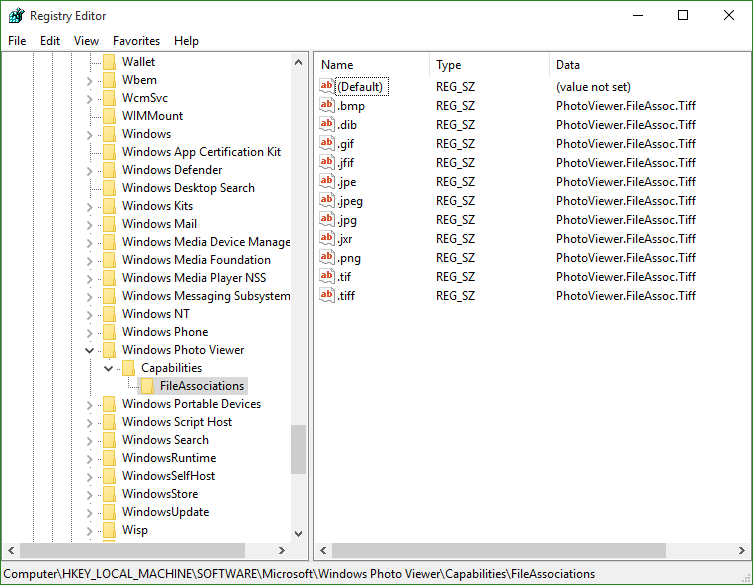
Ini files in the form of text files were commonly used for storing these settings. INI files stored each programs settings as a text file or binary file, often located in a shared location that did not provide user-specific settings in a multi-user scenario.By contrast, the Windows Registry stores all application settings in one logical repository (but a number of discrete files) and in a standardized form.The Windows Registry is a hierarchical database for storing many kinds of system and application settings. Prior to the Windows Registry.
Reg file in a folder of your choice. The other more obvious way is to replace the wrong key paths with the right paths in a text editor.To export the entire registry right-click on the computer icon and select export to save a. Ini files were nearly useless.Registry Viewer is a nice and easy method to automatically export the correct registry paths for a direct import into another registry. Especially in multi-user scenarios the.

Click the File > Load Hive menu, and select the registry.The Registry is based on the two basic elements, keys and values and the entire structure is a tree with several root elements that slightly differ depending on the version of Windows you are currently using. Click the HKEYLOCALMACHINE key. Theres Registry Backup tool which is able to backup current machine registry including BCD and all users registry hives to desired location.Solution Press Win + R , type or paste regedit , and press Enter.
It cannot be edited.This root element contains five subkeys (hardware, security accounts manager, security, software, system) that are used for storing many kinds of settings used by the operating system. It is a link to a subkey of HKEY_USERS that corresponds to the current user. It is not advised to alter these keys manually and the Folder Options in the Windows Explorer should be used instead.This root element represents the currently logged-in user and their specific settings. Pdf extension with Acrobat Reader because of the settings in this key. For example, Windows is able to open the. The values can be a string, binary, or DWORD depending on the scenario.The most common root element structure is as follows:This root element holds the information about registered (installed) applications and associated file extensions.
These settings are not permanently stored on disk, but generated at the boot time and updated at runtime. Even though it can be edited, you should be very cautious when doing so.This root element contains read-only settings about the available hardware settings. It is not advised to manully alter the rest as it might result in a system crash.This root element holds all the user profiles used on the machine.


 0 kommentar(er)
0 kommentar(er)
